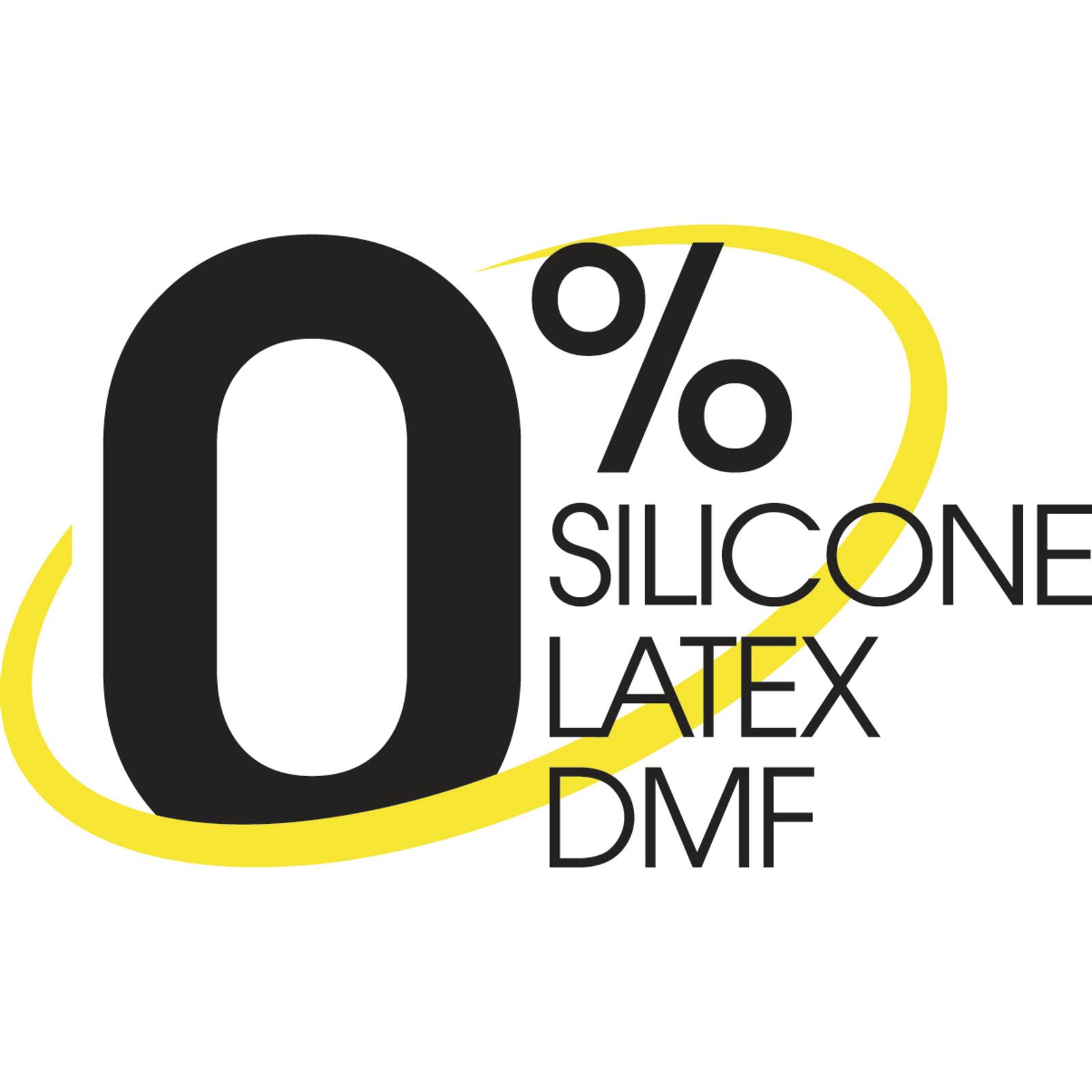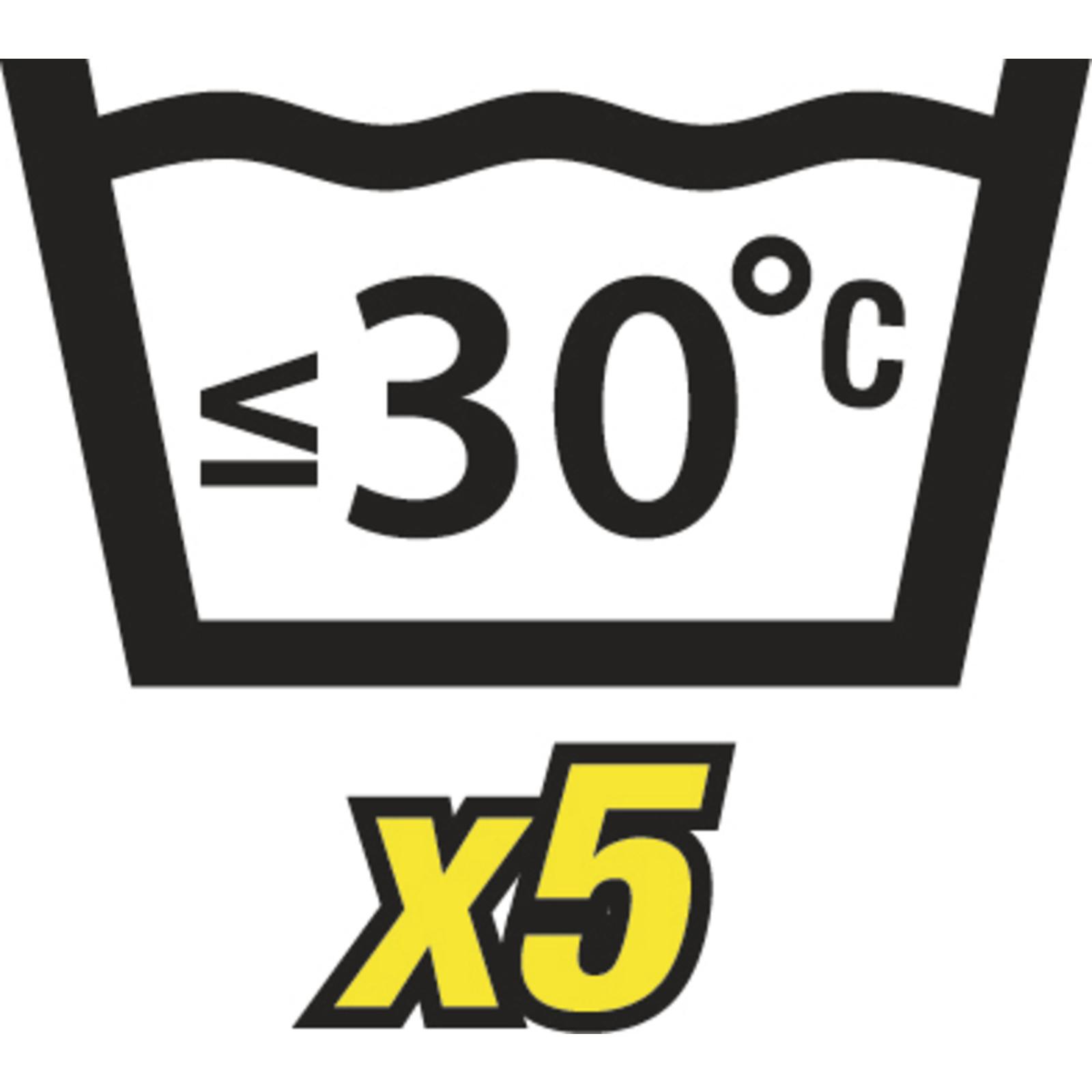The product complies with the European Directive 89/686, notably regarding ergonomics, innocuousness, comfort and with standards :
KNITTED POLYAMIDE GLOVE PU COATING WITHOUT SOLVENTS ON PALM – GAUGE 13
100% Polyamide. Solvent free polyurethane coating on palm and fingertips. Gauge 13.
11/09/15

Innovative manufacturing proccess:
• Replacement of solvent by water to ensure the good adhesion between polyurethane and the support

POLYURETHANE COATING
RESISTANCE
• Abrasion
• Tearing
ADVANTAGE
• Increased breathability
• Very good sensivity
• Good Elasticity
| Reference |
pcb |
Colour |
Size |
| VV810JA07 |
120 |
Yellow-Black |
07 |
| VV810JA08 |
120 |
Yellow-Black |
08 |
| VV810JA09 |
120 |
Yellow-Black |
09 |
| VV810JA10 |
120 |
Yellow-Black |
10 |
EN420:2003+A1:2009 General requirements - 5 Dexterity (from 1 to 5)
• Conform to harmlessness (pH, chrome VI levels, etc…).
• Conform to the size charts (see chart on below).
• Pass the dexterity test.
• Conform to the labelling, information and identification instructions.
EN388:2003 Protective gloves against mechanical Risks (Levels obtained on the palm) - 3 Resistance to abrasion (from 1 to 4)
- 1 Resistance to cutting (from 1 to 5)
- 3 Resistance to tear (from 1 to 4)
- 1 Resistance to puncture (1 to 4)
The EN388 standard applies to all types of protective gloves with respect to physical and mechanical aggression from abrasion, cutting from slicing, perforation and tearing.
ABRASION RESISTANCE (1 à 4): Number of cycles required to damage the sample at constant speed.
RESISTANCE TO CUTTING WITH A BLADE (1 à 5): Number of cycles required to cut the sample at constant speed.
RESISTANCE TO TEARING (1 à 4): Maximum force required to tear the sample.
RESISTANCE TO PERFORATION (1 à 4): Force required to pierce the sample with a standardized punch.



